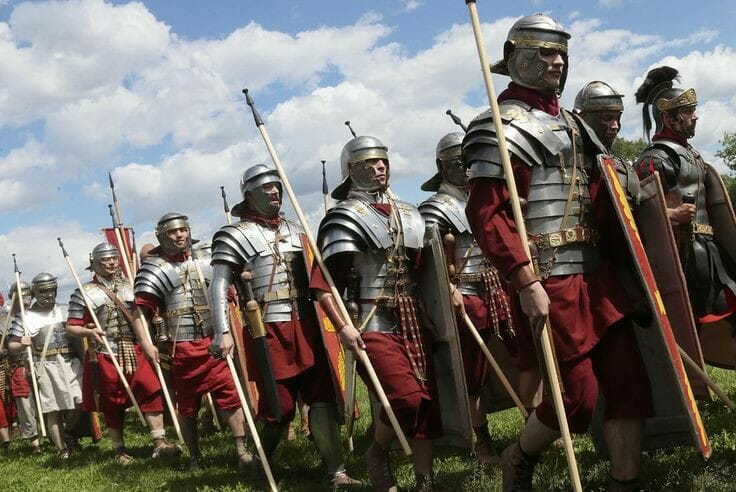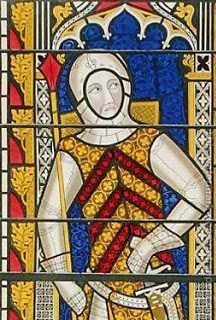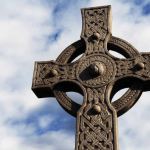Pre-industrial Pontyclun
The birth of our Community
It has been said that Pontyclun has no history before the arrival of the railways in the 1850s. This is of course nonsense.
Around 15000 years ago Pontyclun would have been covered by glaciers. It was near the edge of the ice cap. By 12000 years ago the ice had receded and as it did human beings would have begun to occupy the land – perhaps sporadically from the coast in winter to near the ice cap in summer. The broad ‘U’ shaped Clun valley is glacial in origin. The word Clun, or Cluwn or Clown, relates to words such as Glyn, Glan or Glen, all referring to broad glacial valleys
Stone age to Iron age

Evidence of stone age occupation includes the Talygarn axe – a 5000-year-old flint axe found near the entrance of the Talygarn Miners Rehabilitation Centre in 1951. This is currently at the National Museum in Cardiff.
A large standing stone, thought to be bronze age was found near Miskin during M4 construction and there is also a prehistoric enclosure near to Caergwanaf farm south of Miskin.
Around 3000 years ago iron smelting began, and people would have been attracted to the iron bearing stones on the surface around Llanharry, Hendy and Mwyndy. The iron age fort at Rhiwsaeson in part of the local evidence of this occupation
Romans in Pontyclun?

The Roman settlement of South wales included a military fort near Miskin which was occupied from about 50AD to 400AD. At times up to 1000 soldiers were inhabiting the area and with families and suppliers the local population could have been up to 4000
For more information about the Roman fort in Miskin follow this link Miskin Roman fortlet
Norman Wales

The Norman occupation of east Wales in the 11th and 12th century established a pattern of land ownership around Pontyclun which lasted into the 19th century. The area was owned by distant “lords” and let out to tenant farmers.
Initially the lords of Miskin were Welsh with Morgan ap Caradoc ap Iestyn being granted the title.
His son Hywel inherited the title but was forced to hand it over to the DeClare family who became the Mesne Lords. Richard (III) de Clare first taking the lordship in 1245-6
There is local evidence of Norman castles including at Llantrisant, Talyfan and Ystradowen.
In fact Llantrisant Castle was built by Richard De Clare to protect his lordship
The Celtic church

Between the Romans and the Normans, the area around Pontyclun would have been distinguished by the growth of Christianity and the Celtic Church. Welsh and Irish theologians and religious centres influenced large parts of Europe. There are known to be local churches, such as in Llantrisant going back to at least the 7th century AD
History in our environment

Of course history is not just people. It is also in the land and here in our Community we have some fine examples of ancient woodland and trees
If you walk around on our footpaths and roads you can see most of them.
The woodland trust maintains a list of ancient trees which can be found by following this link Ancient tree inventory. This includes locations, descriptions and photographs
This link will take you to a map of Ancient woodland in our community
Local Industry
During this time the area was largely used for farming with 30 farms in Pontyclun/Miskin in the early 1800s
That being said there was definitely industry in the area with evidence of mining and metalwork between Llantrisant and Llanharry going back to the 1500s. If you want to learn more about early mineworking and metalworking here there is a good summary which can be found at this website